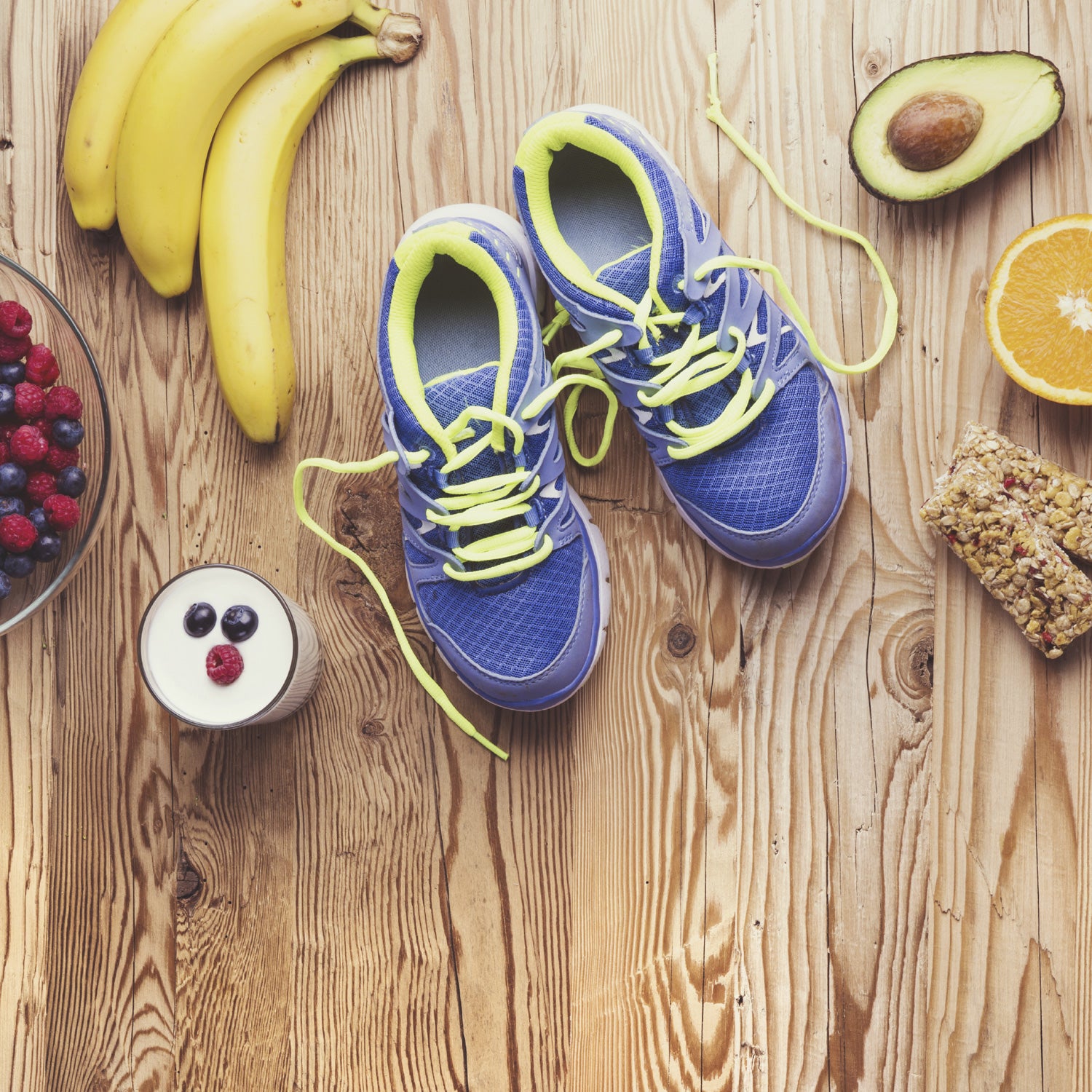In early December, a new regulation was implemented in New York City chain restaurants requiring menus to highlight items with 2,300 or more milligrams of sodium. Restaurants that have 15 or more locations, nation-wide, must now designate these dishes with a rather ominous saltshaker icon. “It looks like a grenade,” one of my colleagues said.��
That may be the point. You don’t have to be an Arby’s regular to know that sodium bombs have long been a staple of the average American diet. 2,300 milligrams of sodium is the recommended daily maximum, but the majority of Americans consume about 1,000 milligrams more than that, according to the Centers for Disease Control and Prevention.��
The salt shaker grenades are supposed to help. As Sonia Angell, NYC’s Deputy Commissioner of the Bureau of Prevention and Primary Care, , “restaurants [are] a really important place to give people guidance about how they might be making decisions—if they choose to do so—that might protect their health and their heart.”
While the health risks associated with excess salt consumption are somewhat contentious, the link between poor nutritional choices and obesity is not. Which prompts the question: are government initiatives like the sodium warning label an effective way to slim down a nation where over two thirds of adults are either overweight or obese?
What’s notable about Angell’s statement above is its acknowledgement that making nutritional information more prominent is only useful to the extent that people actually act on the information they receive. The FDA is betting that Americans do and will, hence the recent regulations that calorie counts be listed on chain restaurant menus, vending machines, and in places like movie theaters or amusement parks.��
Most studies, however, call the effectiveness of such an approach into question.��
A New York Times article entitled “” cited the results of many such studies, including a meta-analysis of all existing research on the subject, and found that there was little evidence to show that calorie counts were impacting what Americans were ordering.
That, of course, doesn’t mean that the listings are necessarily a bad idea. The authors of the meta-analysis concluded that, “although current evidence does not support a significant impact on calories ordered, menu calorie labeling is a relatively low-cost education strategy that may lead consumers to purchase slightly fewer calories.”
“It’s unrealistic to think that putting calories on menus is going to make every single American go to restaurants and order fewer calories,” says Dr. Marlene Schwartz. “But I do think everybody has a right to know what’s in the meal.”
Dr. Marlene Schwartz, the director of the Rudd Center for Food Policy and Obesity, agrees that calorie counts are generally good thing, even if they won’t transform our country into a land of svelte, hyper-informed consumers.��
“I’ve really supported the idea of calories on menus, mostly because I think it’s a right-to-know issue,” Schwartz told me.��“It’s unrealistic to think that putting calories on menus is going to make every single American go to restaurants and order fewer calories,” she says. “But I do think everybody has a right to know what’s in the meal. When you’re ordering off of a menu, you have no idea how big the serving is going to be unless you’ve been to that restaurant before.”
Fair enough. But more information doesn’t automatically lead to smarter choices. Dr. George Loewenstein, a professor of economics and psychology at Carnegie Mellon University–and noted skeptic of the calories on menus approach–presented a potential counter-argument.��
“A lot of people don’t understand how to use calorie information and it’s likely that some people use it in the opposite way that it’s intended–if you’re poor, you might think ‘how can I get the most calories for my dollar?’” Loewenstein said.��
Rather than increasing awareness in the consumer, Loewenstein believes that the most probable positive outcome related to calorie listings is that such listings might cause some restaurants to confront their own culinary wrongdoings.��
“It’s what I would call a ‘Tell-Tale Heart’ effect,” Loewenstein says. “Sellers will become self-conscious about selling such unhealthy items and change their menus. I think that’s the best prospect for the labeling to have a beneficial effect.”
This leads to an important distinction when discussing ways to get an overweight population to eat more nutritiously: there’s a difference between eating well because you made a conscious choice to do so (e.g. ordering a salad at McDonald’s), and eating well because the environment you live in makes the healthier choice the “default” choice, i.e. you’re not necessarily making a choice at all. The latter is largely a question of access, both geographic and economic. If you live in a place where the ratio of fast food restaurants to fresh produce vendors is 20:1, you are less likely to eat fresh produce. Likewise, if you’re struggling to get by, you’ll have little incentive to fill your shopping cart with vegetables when an eggplant costs more than a Happy Meal.
“The most effective way to change eating behavior is to improve the environment of food choice and make sure that people have the resources to buy healthy food,” Marion Nestle, a professor in NYU’s Department of Nutrition, Food Studies, and Public Health, wrote in an email. “If vegetables were cheaper than fast food, people might eat more of them.”
Which is why, as others have argued, government initiatives looking to improve American diets would likely be more effective if, rather than making sure you knew just how many calories are in a Wendy’s Baconator, they focused on things like subsidizing fruits and vegetables. Or taxing soda.��
Soda was at the center of one of the most controversial local level legislative food debates in recent years: former New York City mayor Michael Bloomberg’s .��
While many public health advocates praised the idea, which sought to cap the size of sugary drinks being sold in places like movie theaters and fast food restaurants (but not in state-regulated outlets like convenience stores) at 16 ounces, opponents of the proposed ban claimed that the NYC Board of Health was guilty of government overreach. The New York Court of Appeals eventually saw it that way too and, for now, New Yorkers can still purchase a bucket of Sprite when they go to the movies.
Which is too bad. Though it would only have been a tiny step in the right direction, the portion-size cap would have served as one example of how “food environment” can be improved on a municipal level. As New Yorker business columnist James Surowiecki pointed out at the time, to decrease the size of the largest drink on a menu is to change the way customers think about purchases. Citing the inflation of soft drink sizes since 1974, when the biggest drink at McDonald’s was only 21 ounces, Surowiecki noted:
The fact that a large soda is now forty ounces makes a twenty-ounce soda feel sensible. Bloomberg’s ban is designed to flip this effect on its head: if the largest soda you can order is sixteen ounces, a can of Coke may start to seem like more than enough.
This is another way of adjusting the “default choice.” The argument that the big soda ban would have been fruitless because people would have just ordered two drinks instead of one is misguided; most people don’t act that way. We may like to think that we are the masters of our own fate, but it’s naive to believe that our choices aren’t conditioned by our environment. The role of government should be to influence that environment for the greater good.��
That’s not the same thing as telling you what you can and cannot do.
A big advocate for the big soda ban, Schwartz believes that a problem with the proposed initiative was that its opponents successfully managed to distort what was actually being proposed–even the use of the words “soda ban,” rather than “portion-size cap” contributed to the misunderstanding.
“As a public policy strategy, it makes a lot of sense,” Schwartz said. “The real question is how to you introduce an idea like that without getting your message so confused in the public discourse.”


